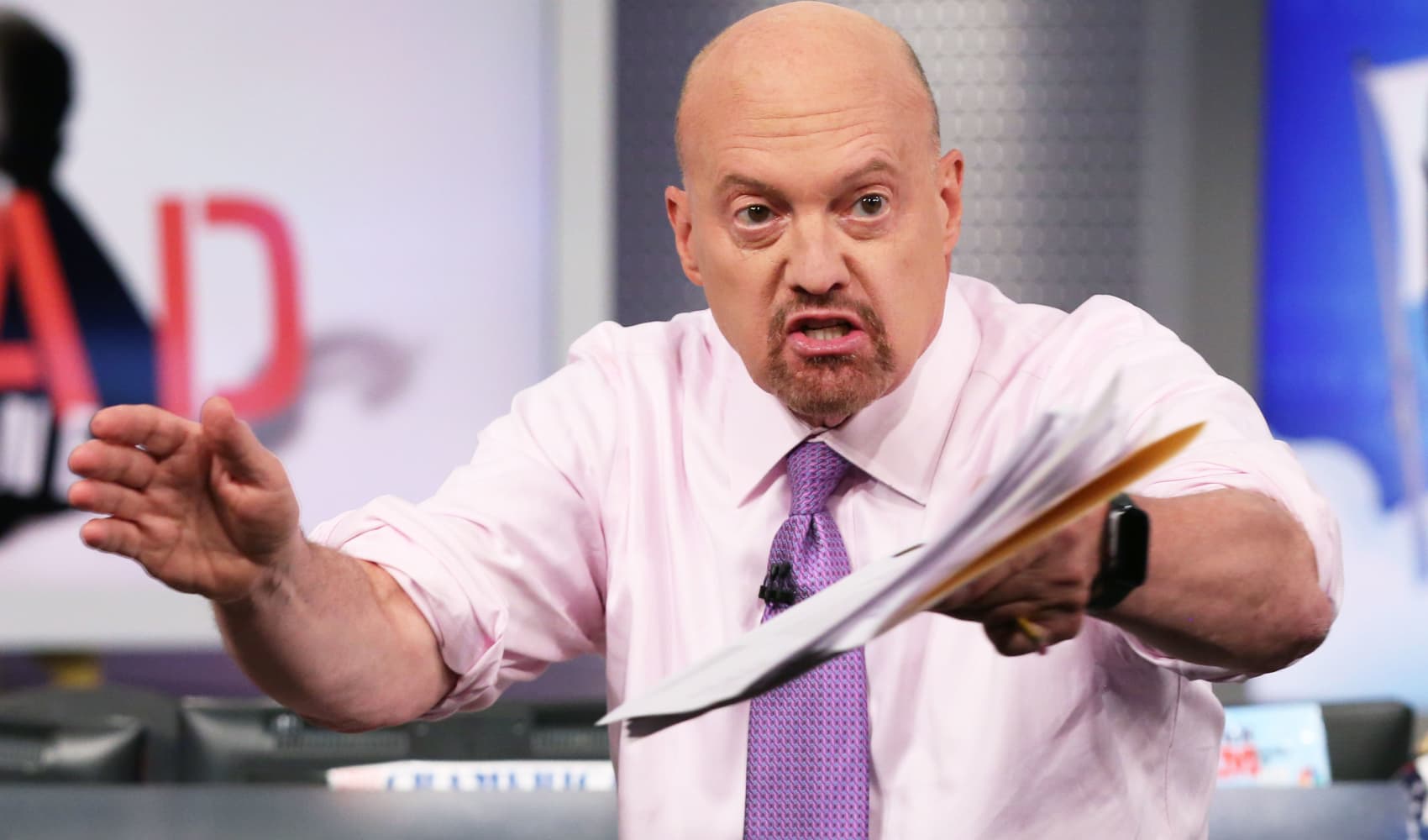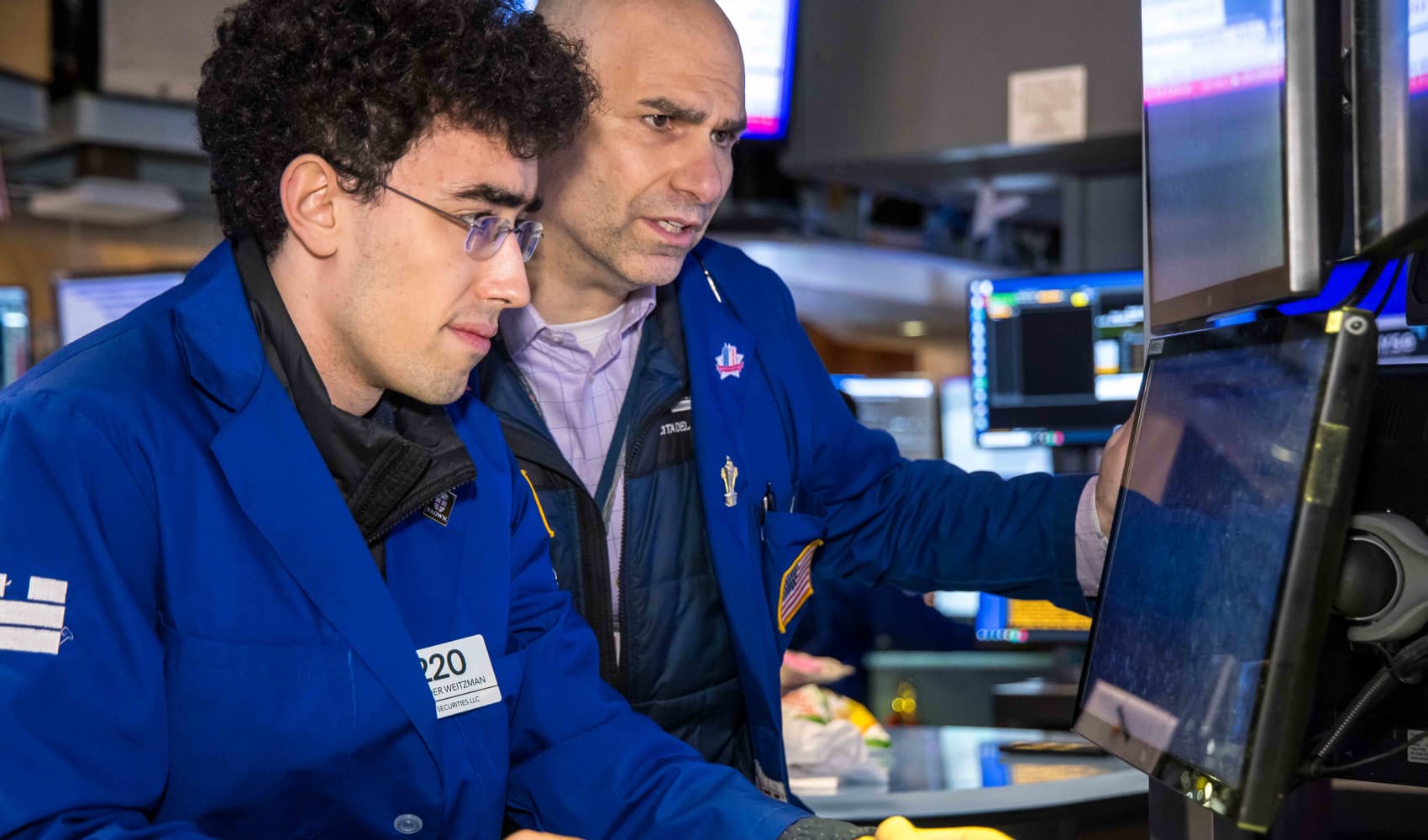
With a nod to Gertrude Stein, "there's no there there," in the world of cryptocurrencies.
The spectacular crash of FTX – the crypto exchange founded by the one-time wunderkind, Sam Bankman-Fried – coupled with his stunning loss of wealth is yet another lesson in how rank speculation adversely affects markets and even the most seasoned investors.
Whether it's manias in Sumerian grain markets, Dutch tulip bulbs, railroad bonds and everything from internet service providers to digital currencies, leveraged speculation is as old as markets themselves.
The unsurprising crash in crypto is another example of everyone from the most sophisticated investors to the least-knowledgeable day traders being sold a bill of goods and buying it gleefully with the hopes at a shot of "earning" generational wealth.
It's both an old story and an ongoing one.
A familiar narrative
During the internet bubble, investors poured dollars into so-called "vaporware," computer hardware or software that had yet to be produced and was never released.
Money Report
Most of it never was.
Crypto strikes me as a form of vaporware.
Digital assets that don't exist in reality have been used as collateral to buy and sell other non-existent assets with a heavy dose of borrowed money. This creates a daisy chain of interlocked digital tokens that have no inherent value except what people are willing to ascribe.
Much like the tulip mania in Holland in the 1600s, the intrinsic value of tulips was minimal: They were just flowers. They were highly prized until one sailor – and this is an apocryphal story here – ate a tulip bulb, thinking it was an onion.
That little dose of reality shocked investors who suddenly realized what was plain all along: It was just a bulb.
The market for prized tulip bulbs crashed in 1637.
This may also be the case with crypto. We are learning that the balance sheets of some crypto exchanges used proprietary tokens as collateral, levered them up and bought other tokens, other digital assets or so-called stablecoins, which may ultimately prove to be anything but.
There's also the risk that customer funds were misused to enrich those at the head of the table.
Crypto, in my humble — but seasoned — opinion has been a Ponzi scheme all along. There is no there there.
A solution in search of a problem
This latest mania is for things that don't exist and have no intrinsic value but offered a Panglossian vision of what the future of money might be – even though the money we have today is more than adequate to function as a medium of exchange, a unit of account and a storehouse of value.
Cryptocurrencies, unlike the underlying block chain technology, were solutions in search of a problem.
The activity over the last decade in digital assets – be it in crypto, stablecoins or non-fungible tokens – has been yet another episode of a popular delusion, of rank speculation, of unsupervised free play in shady markets that will soon wipe out the value of investors' real money.
The markets for these assets may be heavily regulated or regulated out of existence altogether. That chapter has yet to be written.
Investors' willingness to glom onto "The New New Thing" – as author Michael Lewis once described Silicon Valley's actions during internet revolution – never ceases to amaze.
Every five or 10 years, we get a "new new thing" that will supposedly alter the course of human history.
Some really will, as electricity, automobiles, the computer, the internet and biotechnology all managed to do.
However, some things are ideas that capture the imagination but ultimately remain in the realm of fantasy.
Many still believe that fantasy will become reality.
Sam Bankman-Fried may be among them still, but his bet on the future made him a prince and a pauper in the span of about 48 hours.
Hopefully, that won't be true for everyone who sought to make money by simply creating it.
— Ron Insana is a CNBC contributor and a senior advisor at Schroders.






